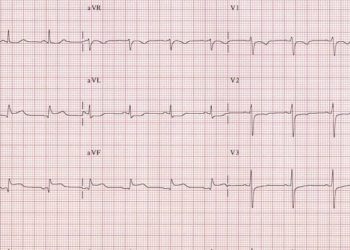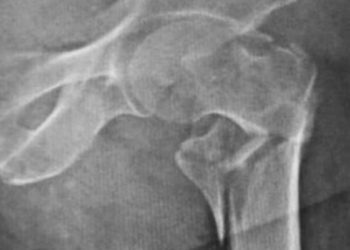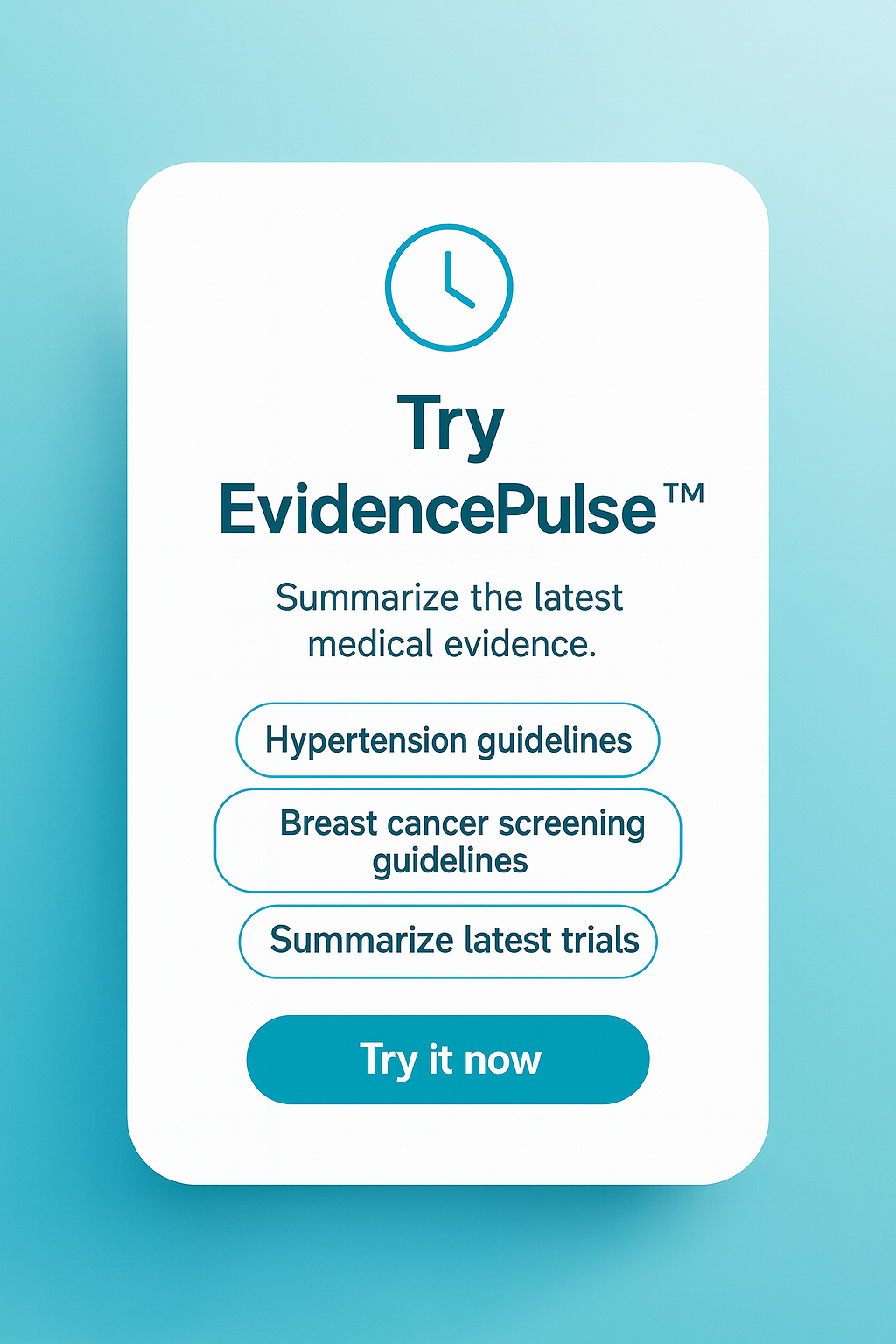2 Minute Medicine Rewind June 20, 2016
Association of Pharmacological Treatments for Obesity With Weight Loss And Adverse Events
Though obesity affects 600 million adults worldwide and nearly 1.9 billion adults are overweight, studies that compare the efficacy and adverse effects of pharmacological therapy for weight loss are sparse. This systematic review and meta-analysis compiled results from 28 randomized controlled trials of 29,018 patients (median age: 46; median BMI: 36.1) were treated for weight loss therapy lasting at least one year with one of five FDA-approved weight loss drugs (orlistat, lorcaserin, naltrexone-bupropion, phentermine-topiramate, and liraglutide). Investigators looked at end points of a weight loss of at least 5%, magnitude of weight loss, and discontinuation of therapy due to adverse events. The results showed that while 23% of placebo participants had at least 5% weight loss at one year, 44% of those taking orlistat reached this end point (OR: 2.70; 95% CI 2.34 to 3.09), 49% of those taking lorcaserin (OR: 3.10; 95% CI: 2.38-4.50), 55% of those taking naltrexone-bupropion (OR: 3.96; 95% CI: 3.05 to 5.11), 75% of those taking phentermine-topiramate (OR: 9.22; 95% CI: 6.63 to 12.85), and 63% of those taking liraglutide (OR: 5.54; 95% CI: 4.16 to 7.78). The excess weight change, as compared to placebo, was -2.6 kg for orlistat (95% CI: -3.04 to -2.16 kg), -3.2 kg for lorcaserin (95% CI: -3.97 to -2.46 kg), -5.0 kg for naltrexone-bupropion (95% CI: -5.94 to -3.96), -8.8 kg for phentermine-topiramate (95% CI: -10.20 to 7.42 kg), and -5.3 kg for liraglutide (95% CI: -6.06 to -4.52 kg). Liraglutide (OR: 2.95; 95% CI: 2.11 to 4.23) and naltrexone-bupropion (OR: 2.64; 95% CI: 2.10 to 3.35) had the highest risk for adverse events that caused discontinuation of therapy. The study concludes that all five FDA-approved weight loss drugs are efficacious in providing at least 5% weight loss by the end of 1 year, with liraglutide and phentermine-topirimate yielding the highest odds of reaching this endpoint. However, the higher rates of adverse events with liraglutide and naltrexone-bupropion must also be taken into account,.
Tenofovir to Prevent Hepatitis B Transmission in Mothers with High Viral Load
Hepatitis B remains a serious public health burden with significant rates of vertical transmission and can lead to liver cirrhosis and hepatocellular carcinoma. It can be vertically passed down from pregnant mothers to their infants, but the risk of contracting hepatitis B this way can be drastically reduced by immunoprophylaxis, however, in patients with a high viral load of the hepatitis B virus, this prophylaxis fails at an increased rate. This study, which enrolled 200 mothers that were positive for hepatitis B e antigen and had a hepatitis B virus DNA level of over 200,000 IU per mm, aimed to look at the efficacy of tenofovir disoproxil fumarate (TDF), an antiviral therapy, in terms of preventing vertical transmission of hepatitis B, as well look at its impact on birth defects. While all infants received immunoprohylaxis, 100 participants were randomly assigned to receive 300 mg per day of TDF from 30 to 32 weeks gestation until 4 weeks postpartum while the other 100 participants were assigned to receive usual care without antivirals. The rate of mother-to-child transmission, analyzed with both an intention-to-treat analysis and per-protocol analysis, was significantly lower for the participants treated with TDF relative to those who received usual care (intention-to-treat: 5% vs. 18% p=0.007 ; per-protocol: 0% vs. 7% p=0.01). Though the results did show an increase in creatine kinase and alanine aminotransferase levels in the mothers on TDF, serologic outcomes and overall safety profiles were not significantly different. Birth defect rates were 2% for the TDF group and 1% for the control group, yielding no statistically significant difference (p = 1.00). The study concludes that hepatitis B vertical transmission is significantly lowered by TDF in those with viral loads of over 200,000 IU per mm.
Prescription of Long-Acting Opioids and Mortality in Patients With Chronic Noncancer Pain
There has been an increase in the prescription of opioids for chronic noncancer pain and with this, there has been immense concern for the adverse effects associated with opiate addiction and overdose. This retrospective cohort study, conducted between 1999 and 2012, sought to compare all-cause mortality between patients prescribed opioids for moderate to severe chronic noncancer pain, compared to prescribed alternative medications for the same condition. 22,912 new episodes of chronic non-cancer pain treated with opioids were compared to 22,912 episodes of pain treated with anticonvulsants or tricyclic antidepressants. Following the opioid group for an average of 176 days and the alternative group for an average of 128 days yielded 68.5 excess deaths (95% CI: 28.2 to 120.7) per 10,000 person-years for the opioid group and a hazard ratio for all-cause mortality of 1.64 (95% CI: 1.26 to 2.12). For out-of-hospital deaths, excluding unintentional overdose, 47.4 excess deaths (95% CI: 15.7 to 91.4) per 10,000 person-years and a hazard ratio of 1.72 (95% CI: 1.24 to 2.39) were found for the opioid group when compared to alternative treatment. Additionally, when cardiovascular deaths were examined independently, it was found that opioids yield 28.9 excess deaths (95% CI: 4.6 to 65.3) per 10,000 person-years and a hazard ratio of 1.65 (95% CI: 1.10 to 2.46). The study concludes that this significant increase in all-cause mortality, even when excluding overdose, should be taken into account when evaluating opioids and alternative pain management as treatment.
Alcohol is the most commonly consumed drug worldwide and cardiovascular disease is the leading cause of death. This observational cohort study aims to investigate if there is a relationship between access to alcohol in certain counties, as determined by sales laws, and cardiovascular disease (atrial fibrillation, acute myocardial infarction, and congestive heart failure). As part of proof of concept, the study also looked at prevalence and incidence of alcohol misuse and alcoholic liver disease. 1,106,968 patients who were at least 21 years of age and lived in either a county that had no restrictions on alcohol sales (“wet”) or a county that fully prohibited alcohol sales (“dry”) were identified and followed until 2009. The results confirmed that higher incidence and prevalence of alcohol misuse and alcoholic liver disease were found in wet county residents. After adjustment for demographic and health factors, atrial fibrillation was found to have a significantly higher prevalence (OR: 1.05; 95% CI: 1.01 to 1.09; p=0.007) and incidence (hazard ratio: 1.07; 95% CI: 1.01 to 1.13; p=0.014 ) in wet counties, as opposed to dry counties. Lower prevalences were found for both myocardial infarctions (OR: 0.83; 95% CI: 0.79 to 0.87; p<0.001 ) and congestive heart failure (OR:0.87; 95% CI: 0.84 to 0.90; p<0.001 ). It was concluded that greater access to alcohol is related to less myocardial infarction and congestive heart failure, but higher rates of atrial fibrillation, as well as alcohol misuse and alcoholic liver disease.
Low-Dose versus Standard-Dose Intravenous Alteplase in Acute Ischemic Stroke
Intravenous alteplase, a recombinant tissue-type plasminogen activator, is an effective treatment for acute ischemic stroke, but it increases risk for intracerebral hemorrhage. In this multicenter randomized control trial, 3,310 patients with ischemic stroke were randomly assigned to either the low-dose alteplase group (receiving 0.6 milligram per kilogram of body weight) or the standard-dose group (receiving 0.9 mg/kg) and followed for effects on recovery, measured in terms of death and disability at 90 days (as indicated by the modified Rankin scale), and risk of intracerebral hemorrhage. The main composite endpoint of death or disability at 90 days, categorized as a modified Rankin score from 2-6, occurred in 53.2% of the low-dose patients vs. 51.1% of the standard-dose patients, resulting in an odds ratio of 1.09 (95% CI: 0.95 to 1.25). These results were not sufficient to establish non-inferiority of the low-dose alteplase relative to the standard dose. However, there was a significant lowering of intracerebral hemorrhage in the low-dose group, with 1% of participants having this result, as compared to 2.1% of those on the standard dose (p=0.01 ). Additionally, fatal events within seven days were significantly lower for the low-dose group, occurring in 0.5% of participants in the low-dose group and 1.5% of participants in the standard-dose group (p=0.01). Mortality at 90 days, on the other hand, did not differ significantly between the two treatment groups (p=0.07). Though the study was unable to show noninferiority, it did show a significant difference in the rate of intracerebral hemorrhage, a major adverse event, and future studies may be warranted to further investigate whether or not the low dose is inferior.
Image: PD
©2016 2 Minute Medicine, Inc. All rights reserved. No works may be reproduced without expressed written consent from 2 Minute Medicine, Inc. Inquire about licensing here. No article should be construed as medical advice and is not intended as such by the authors or by 2 Minute Medicine, Inc.









